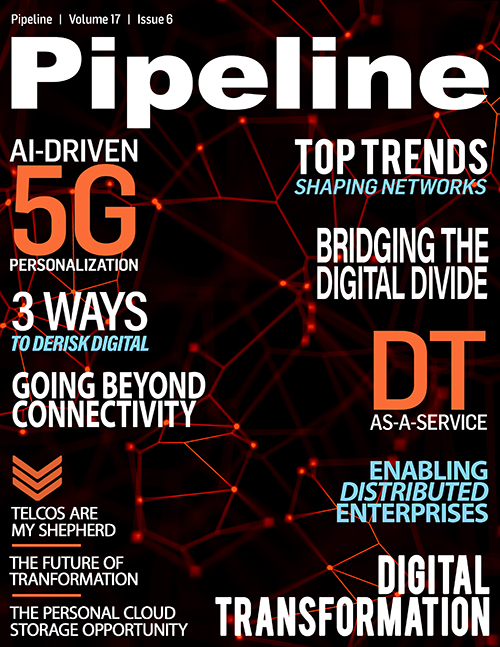Demand and Delivery: Bridging the Digital Divide
FCC funding programs have performance benchmarks for bandwidth and latency, location prioritization based on census blocks, and project build milestones to meet. Some of the standards are
aggressive. For instance, the soon-to-commence RDOF program requires a 40 percent completion rate by the end of a project’s third year, regardless of weather, permitting delays, labor shortages,
mapping issues, or material availability. Non-compliance results in an escalating series of penalties.
For many companies, meeting these delivery obligations and quality objectives will require new control tools to maximize field productivity. These new regulatory structures will push network
providers into a new era of productivity. Network operators will be forced to adopt incremental efficiencies and innovations to solve the compliance and reporting challenges ahead, leading to the
dawn of a new level of efficiency in broadband network buildouts.
Mapping out the future
A tool to enable such broadband network build efficiencies will use geographic information to acquire data for analysis and modeling. Replacing paper construction prints and manual handoffs, end-to-end digital deployment models can provide automated workflows to distribute work to team members throughout the field. A maps-based interface on each worker’s mobile device visually guides them to their next task and specifies which materials are required. Technology like this can add incredible value, not just by communicating tasks but also by automating the distribution of tasks to crew members in a sequenced way to optimize delivery times and build paths. Tasks are assigned on a data-driven basis to maximize productivity. For instance, crews will not waste truck rolls on a site before the site is ready or be sent to a task for which they are not qualified. When performance is essential, crews need to ensure only the most efficient process is followed at all times, especially when building at scale.
There are strict compliance and reporting requirements attached to these subsidized network projects. Digital network construction tools can add visibility and transparency to projects by providing the vast volumes of build data in a centralized view for real-time integration by project stakeholders. The ability to track progress in real time ensures FCC reporting requirements are simplified, and there is early identification of at-risk delivery milestones and faster, more informed build decisions. Attempting to meet these reporting requirements by transcribing data from paper construction prints and working with Microsoft Project or multiple Excel sheets introduces significant risk of error and inefficiency, which can be immediately addressed with a fully digital approach.
Sales, news, education, jobs, and communication have moved predominantly online. Broadband Internet service is now an economic cornerstone. Access to high-speed Internet is a significant advantage all Americans need, and bridging the digital divide will require a united industry committed to delivering fiber infrastructure more efficiently. Because the levers that drive project decision-making are new, the construction process’s characteristics are new, and project teams must look to new delivery systems and technology to handle them. If organizations adopt the cutting-edge new tools available to them, we can end access inequality and usher in a new era for buildout efficiency.



















